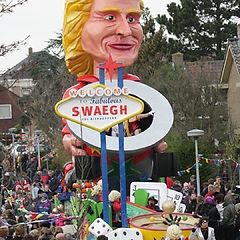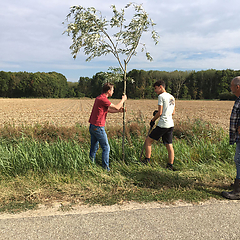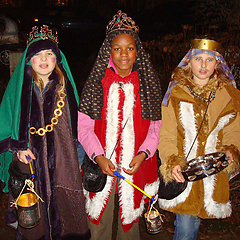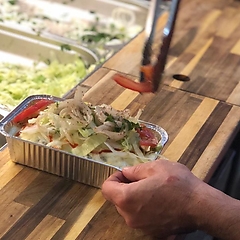Living Dutch folklore or folk dances are company dances in (regional) costumes to traditional music, which in some cases have been given new choreographies.
The folklore dance has the following characteristics:
- Dancing in pairs, in a circle, square or row. Pairs do not always stay together, sometimes men or women move on to another partner.
- The different melodies to be danced at require different steps such as waltz, mazurka, polka. There are also steps that belong to a specific dance, such as the Horlepiep step, which is only danced at the Horlepiep.
- During performances for the public, costumes or regional costumes are worn. Some groups dance all in the same costume, other groups choose to show costumes from different parts of the country.
- The performances of the groups are often outdoors and accessible for everyone, for instance on markets or fairs.
Living folklore dance originates from traditional, handed down dances, which may or may not be performed in a contemporary choreography. By using new choreography, traditional dance is made more dynamic and new steps can be used that make the dances more attractive to both dancers and audiences. The dancers may wear non-regional and non-authentic costumes as well as modern costumes, with or without fake jewellery as accessories. Although new music is sometimes used to accompany the choreography, music handed down from earlier times is usually used. During performances, the musicians do link up the different melodies so, that the songs flow into one another.



